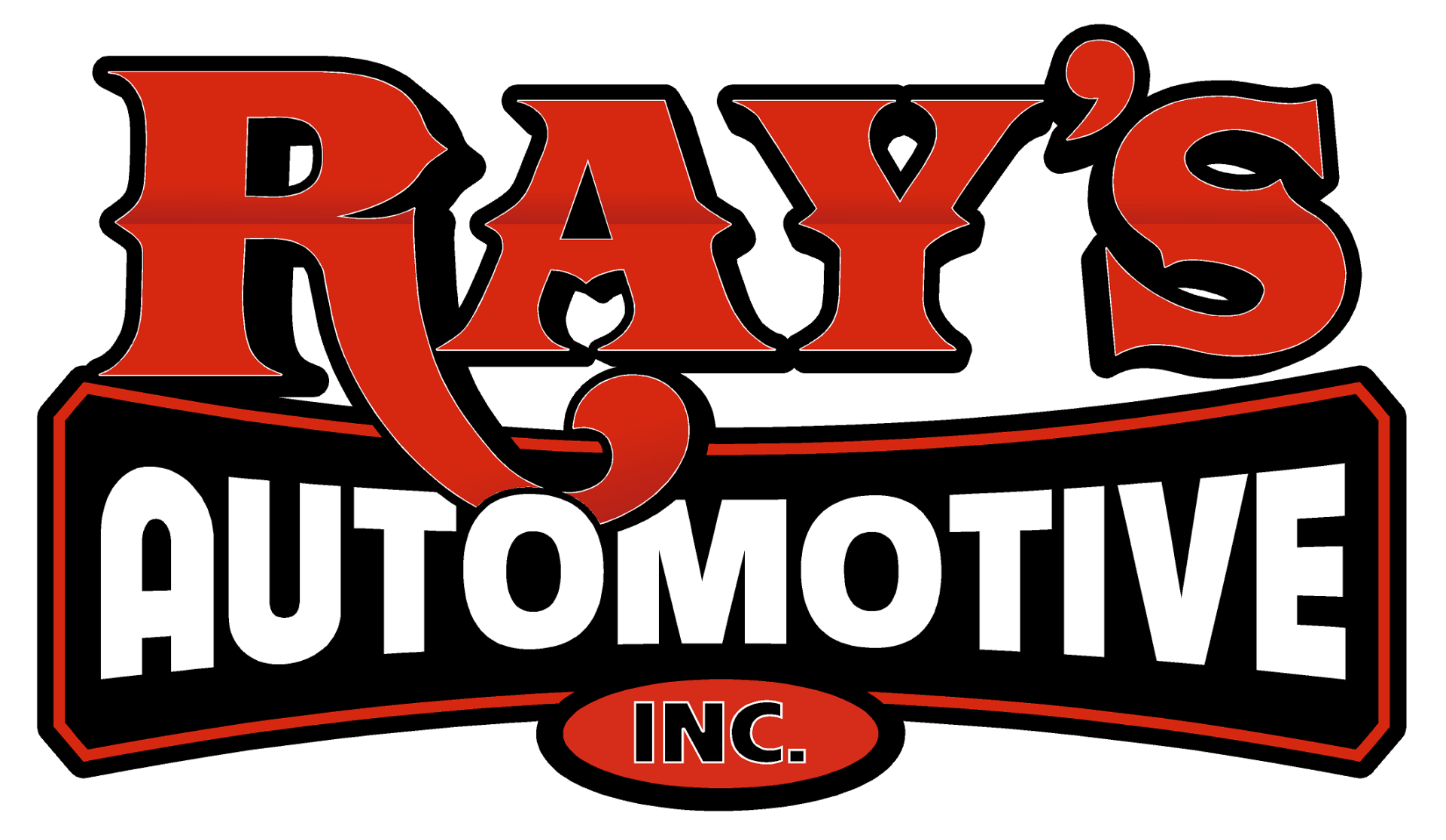Types of Car Damage Explained: Cosmetic, Hidden, or Structural Damage
You were in an accident, do you know what kind of damage your car has?
After an accident, determining the type and extent of damage to your vehicle can feel overwhelming. Not all damage is the same—some might seem minor while others are more severe and hidden beneath the surface. Understanding the different types of car damage—cosmetic, hidden, and structural—is essential for ensuring your vehicle is safe to drive and repaired to its original condition. At Ray’s Automotive, we’re here to help you navigate this process with clarity and confidence.
What Is Cosmetic Damage?
Cosmetic damage refers to issues that affect the appearance of your vehicle but not its functionality or structural integrity. Examples include:
While cosmetic damage might seem unimportant, it can lead to long-term problems if ignored. For example, paint damage can expose your car’s metal body to the elements, leading to rust, fading, or peeling paint. Over time, these issues can reduce your vehicle’s value and lead to more expensive repairs.
How Can I Fix Cosmetic Damage?
Cosmetic repairs should always be handled by an experienced auto body shop to ensure lasting results. Factors like the extent of the damage, the car’s make and model, and the paint color can influence the repair cost. At Ray’s Automotive, our skilled technicians specialize in precision repairs, including paint refinishing, to restore your car’s appearance and protect its value. Ask us about our previous work—we’ll show you why we’re the trusted experts in cosmetic repairs.
What Is Hidden Damage?
Hidden damage occurs when the internal systems of your vehicle are affected by an accident but are not immediately visible. This can include issues with:
Much like unseen injuries in a person after an accident, hidden damage in a car can cause serious safety issues if left unaddressed. Relying solely on visual assessments or photo-based appraisals can overlook these problems, leaving your car unsafe to drive.
How Can I Identify Hidden Damage?
Hidden damage requires a thorough inspection by qualified technicians. At Ray’s Automotive, we use advanced diagnostic tools to connect to your vehicle’s computer system, uncovering any error codes or irregularities. We also disassemble the area around the impact to fully assess the damage. If you’ve been in an accident, don’t guess—trust us to identify and repair all hidden issues to ensure your car is safe and reliable.
What Is Structural Damage?
Structural damage refers to harm to the frame or foundation of your vehicle, which supports all other components. Think of it as your car’s skeleton. When the structure is damaged in a collision, it can compromise:
Structural damage typically occurs in high-impact accidents where the vehicle absorbs energy to protect passengers. If the frame is deformed, your car may not handle properly or may suffer from uneven wear on critical components.
How Can Structural Damage Be Repaired?
Repairing structural damage requires specialized tools and techniques approved by the vehicle manufacturer. Using advanced measuring and adjustment equipment, our team at Ray’s Automotive restores your car’s frame to factory specifications, ensuring it drives as it did before the accident. However, in cases where the repair cost exceeds the car’s value, it may be deemed a total loss.
Additional Types of Damage to Consider
While cosmetic, hidden, and structural damage are the most common categories, here are a few additional types of damage that may occur:
Why Understanding Damage Types Matters
Knowing the type of damage your vehicle has can help you:
Ray’s Automotive: Your Partner in Comprehensive Auto Repairs
No matter the type of damage—cosmetic, hidden, or structural—Ray’s Automotive is your go-to solution for high-quality repairs. Why choose us?
Contact Ray’s Automotive Today!
Don’t let car damage compromise your safety or your vehicle’s value. Whether you need a quick fix for cosmetic damage or extensive repairs for hidden or structural issues, Ray’s Automotive is here to help. Call us today to schedule an appointment and let our experienced team restore your car to its pre-accident condition with precision and care.



